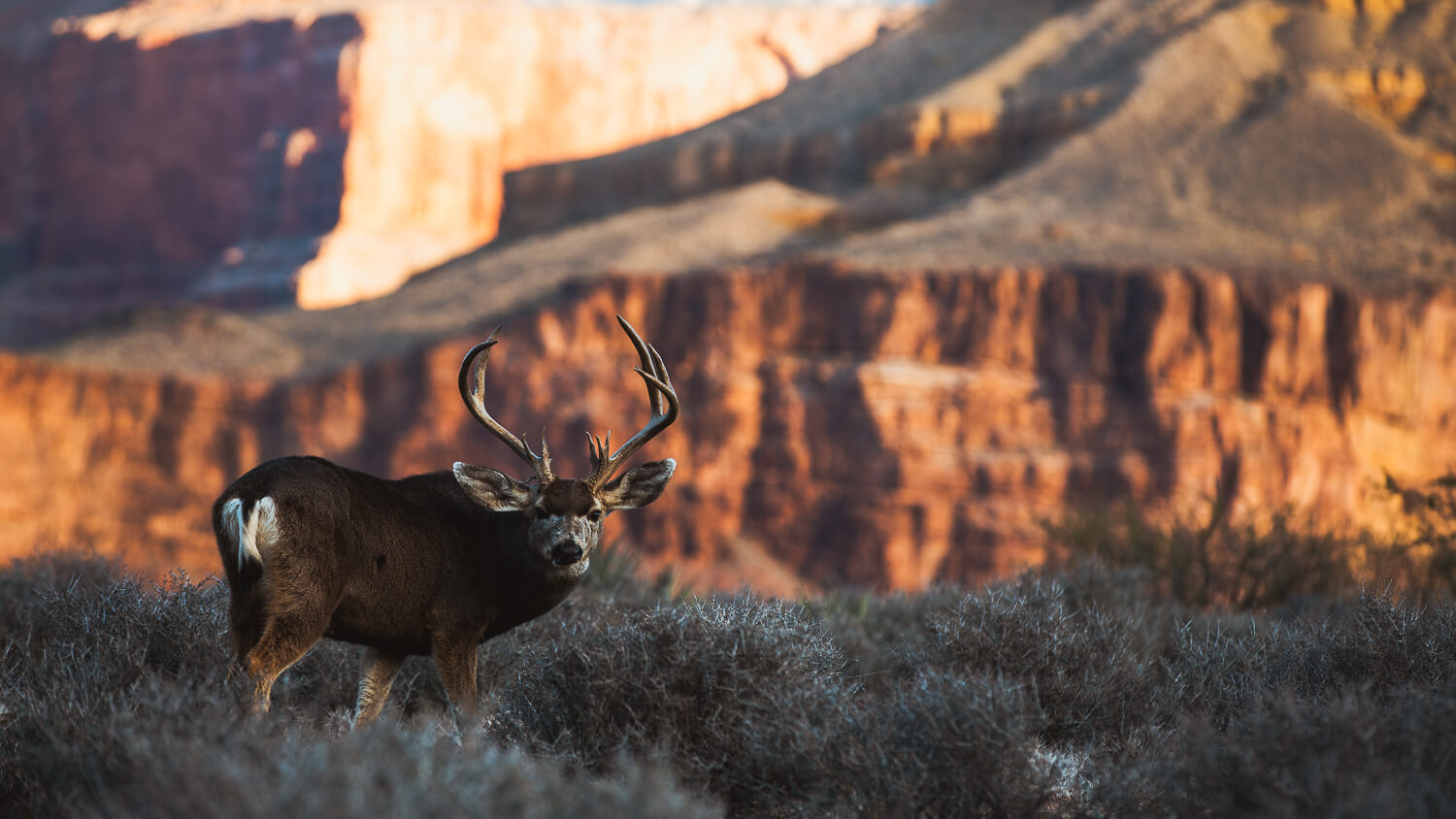I just finished a Google Search: “How to Glass for Big Game”. Maybe you’ve done similar. I was curious what the results would look like, as this is something I think about each time I sit down on a rock and pry open the legs of my tripod to settle in behind the glass. There’s no shortage of strategies, but most of the strategies come up a bit short.
You’ll read about the importance of gear. How tripods are essential (they are). About the best power optic to use. About vantage points and finding comfort. And then almost without fail, you’ll read about glassing along grid lines. And the super expert outdoor writers even glass gridlines along gridlines within gridlines. As if this is the established number one way to find animals.

It’s not that gridlines aren’t important. It’s just that they have their place. And where you should be glassing has much more to do with the time of day and time of year than it does imaginary lines.
Rather than sticking to lines to ensure you cover all of the ground a deer may be hiding in like some sort of engineered, cause and effect, scientific blueprint – think differently. Because the truth is, every great glasser that I’ve ever shared a vantage point with, does exactly this. They glass where the animals are. And glass where they’re easiest to find. Glassing is jazz. It’s improvisation. Not blue prints. It’s whop-bop-a-doo-dop. Not three chord progressions. It’s mastering interpretive dance, not the city-center variety-show “robot”.
Here’s the point.
Animals are, where animals are. When you’ve been around them a while, you start to know where to expect to find them. So why on earth would you set up to break down a mountainside and start at one end, working a grid line left to right, or right to left, when the animal is out in the open somewhere, moving around, eating, chasing does?
Find the easy ones first.
During the times of day when animals are up and moving. Glass from opening to opening to opening. Glass fast. Glass soft. The outer edges of your eyeballs are full of rods. Rods detect movement in low-light at the periphery of your vision and work much, much faster than the detail oriented cones that make up the center of your eyes. So keep your focal point set in the center of your optic, and move the optic. Let the rods work. Once you detect motion around the fast-moving edges, stop for a detailed inspection. 9 times out of 10 it’s a bird that moved from one branch to another. So quickly move on to the next open area. Harvest the low hanging fruit.

When you’re sure there’s nothing to find in the easy open spots, then set up your trusty ole’ grid lines and move in an organized manner. And within the field of vision inside your binocular, use the center, detail capable parts of your eyeballs to find twitching ears, a sneeze, a leg moving beneath the trees, or the patch of hair shining from behind the juniper leaves. Move your optic, and then hold still in a spot, moving instead the focus of your vision from point to point within that optical view. This is when you can be the scientist about it. But only after your inner Miles Davis erratically scoured the hillside looking first at where animals are most and easiest to find.
But the most important glassing strategy is this… glass as a team. If you want to find deer, look with 10 eyes instead of 4. Look with 8 eyes instead of 2. The more eyeballs you can put on a mountain, the less likely you are to miss an animal that walks behind a tree in the upper right quadrant of a mountain because you were looking in the lower left. Find your clan, form your hunting party, and work as a team the way sapiens have been doing for a hundred thousand years. Sure, the technology has changed, but the strategy has not.
Recent Posts
Life Advice From A Hitman
One of my favorite movies of all time is Collateral. It stars Jaime Foxx and Tom Cruise. Foxx is Max, a mild-mannered cab...
A Rut Story 4.5 Billion Years In The Making
This is the incredible story about how two enormous rocks colliding some 4.5 billion years ago created the moon, the tides, and the...
In Constant Motion
I’m sitting at a desk in my home office. My fingers tap a keyboard as I write this. My home is in a...



